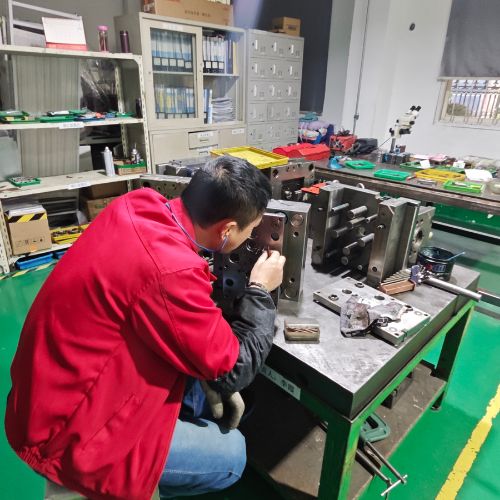Injection Molding: An Economical Solution for Producers
In the challenging landscape of production, finding ways to optimize output while minimizing expenses is essential for achieving goals. Injection molding has become as a effective solution for companies looking to reach these aims. With its potential to manufacture top-notch parts in significant volumes, this production process offers a variety of perks that can significantly boost efficiency and profitability.
One of the notable benefits of this manufacturing method is its economic advantage. By leveraging this process, manufacturers can significantly lower the price per piece, especially when creating large quantities. This not only enables improved cost management and forecasting but also gives a market advantage in costing for the final goods. As we explore further into the perks of injection molding, it becomes obvious that this technique is not just a trend but a smart choice for manufacturers aiming for sustainable expansion.
Comprehending Injecting Molding
Injecting molding is a manufacturing process that entails injecting molten material into a mold to form items and goods with exact shapes and sizes. This technique is widely used in various industries, including vehicle, household products, and tech, due to its productivity and ability to manufacture large quantities of detailed components. The procedure can employ a range of substances, from polymer materials to metal alloys, making it versatile for different uses.
The core mechanism of injecting moulding commences with heating the substance until it turns liquid. Once the substance is molten, it is injected into a closed mold under high pressure. After the substance lowers in temperature and hardens, the mold opens, and the final component is ejected. This cycle can be performed swiftly, allowing manufacturers to generate numerous or potentially multitudes of identical parts in a brief duration, making it an ideal approach for large-scale production.

One of the main pros of injecting moulding is its economic efficiency, notably when manufacturing bulk quantities. The upfront investment for mold making can be substantial, but the price per part decreases dramatically as production expands. Additionally, the exactness of injecting moulding guarantees that items are made with little scrap, lowering material costs and aiding to a further sustainable manufacturing method. Overall, injecting moulding solutions provide a dependable approach for manufacturers looking to manufacture premium parts effectively.
Benefits for Manufacturers
One of the primary benefits of the injection molding process for manufacturers is its effectiveness in producing high amounts of parts. The method allows for rapid production, significantly cutting down lead times compared to traditional manufacturing. Once the molds are created, the bulk manufacturing of components can be achieved in a limited period, making it perfect for meeting large-scale requirements without sacrificing quality.
Furthermore, is the exactness and uniformity that injection molding offers. The process enables manufacturers to create detailed forms and intricate designs with tight tolerances, ensuring that each part produced is identical. This reliable accuracy limits defects and cuts down on waste, contributing to financial savings over time. Manufacturers can count on injection molding to create parts that meet stringent specifications.
Ultimately, injection molding can process a wide range of materials, including various plastics and elastomers. This flexibility allows manufacturers to select materials that best fit their items' requirements, whether it’s increased durability, flexibility, or chemical resistance. By employing injection molding services , manufacturers can capitalize on this adaptability to create new products and broaden their product lines, ultimately boosting their competitive edge in the market.
Cost Considerations
When evaluating one's cost-effectiveness of injection moulding, one of the first aspects to take into account is the upfront investment in equipment and setup. Although the upfront costs associated with injection molding machines and molds can be significant, these costs are typically counterbalanced by the efficiency and volume that injection molding offers. Once the initial setup is complete, the production process for bulk quantities of items becomes much more economical compared to alternative manufacturing methods. The scalability ensures that when production runs increase, the cost per unit decreases, providing significant savings for manufacturers.
A further cost consideration is the material efficiency associated with injection molding. The process allows for precise control over material usage, resulting in minimal waste during production. Numerous manufacturers take advantage of the ability to reuse scrap due to the nature of thermoplastic materials used in injection molds. By reducing material waste and enhancing the design of parts for manufacturability, companies can further lower their operational costs and maintaining high-quality output.
Ultimately, the long-term savings from reduced labor costs cannot be overlooked. Injection molding is largely automated, which means that once the production line is set, the need for manual labor is greatly reduced. This not only accelerates production times but also minimizes human error. Lower labor costs combined with high production efficiency make injection molding an attractive choice for manufacturers looking to streamline operations and maximize profit margins.